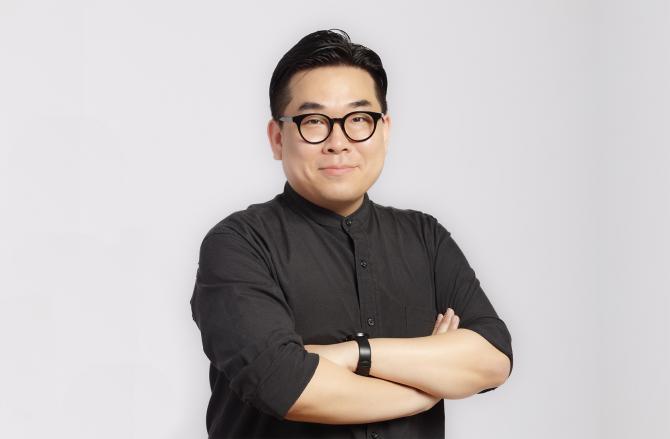Magazine
Design incorporates objects, people,
ideas based on the small pleasures of everyday life.
Meet your wonderful design world with the DDP Design Fair.

Maezm 공동대표/ 컬래버레이션 큐레이터 조은환 (Eunhwan Cho, Co-CEO of Maezm/Collaboration Creator)
The romanticized view of sustainability
Eunhwan Cho, Co-CEO of Maezm/Collaboration Creator
With the focus on sustainability in design having never been greater, as a participant and mentor at the DDP Design Launching Fair, there are a few things I've come to realize. One of them is that most designers and makers equate sustainability with eco-friendliness. This naturally influences their desire to incorporate sustainability into their work, focusing their attention on the materials used in production and the disposal of their designs afterwards.
While this is certainly a desirable development, I often find myself having the same conversations over and over again, and my resistance to a one-size-fits-all approach often leads to a sense of resentment. As a result, I often find myself asking my mentees if there are other ways to think about and express sustainability. This may be me being perverse because we're all talking about the same thing, but it's also because there's only so much you can do about the production and post-processing of environmentally friendly materials if you're not a developer. It also makes me think about how effective these attempts will be in the context of a larger global movement, or whether they will end up producing something unnecessary again. I realize that there's a danger that this mindset will eventually boil down to "I’m just one person" but from my perspective, it's a hard battle to lose.
This brings me to a story I shared with students in a graduate school class of mine last semester. Someone lamented that the tumblers they bought for the environment were accumulating at home, and that they didn't like drinking from paper straws because it felt like they were drinking from a wet cardboard box in their mouth. I jokingly remarked, "Come to think of it, you're probably emitting more carbon by bemoaning that unpleasant sensation than you're helping the environment by using paper straws." Then, a few days later, I picked up a paper straw to use for my coffee and thought to myself, "The paper must be coated to make it so smooth and hard, so is this paper 100% environmentally friendly?" And soon after, the news was full of studies from overseas showing that paper straws have harmful effects on the body, or are not even recyclable due to the coating process and added chemical compounds. It's still hard to say for sure, but it's hard to deny that many of the environmental issues we're so interested in and swept up in have a different story behind them.
On that note, I personally recommend that sustainability be understood in a more romantic way, rather than in terms of big, analytical things like ingredients and circularity. Rather than being a movement that everyone should rally behind, sustainability can be seen as a romantic, personal, and private endeavor, which can be more meaningful in its own right. Keeping and loving personal items purchased long ago. It's about taking good care of the things you're attached to and passing them on to your children. It's about looking beyond functionality and choosing things that will last, even if they're a little more expensive. When I buy something, I think about it for days before I bring it into my home, and sometimes I don't throw it away because of the time I spent with it and the memories I have of it. In the end, for us as designers and consumers, creating and keeping something that will become someone's antique can also be an aspect of sustainability.
| 이전글 | The final finishing touch to your space, lighting |
|---|---|
| 다음글 | The Power To Sustain the Planet and People |







